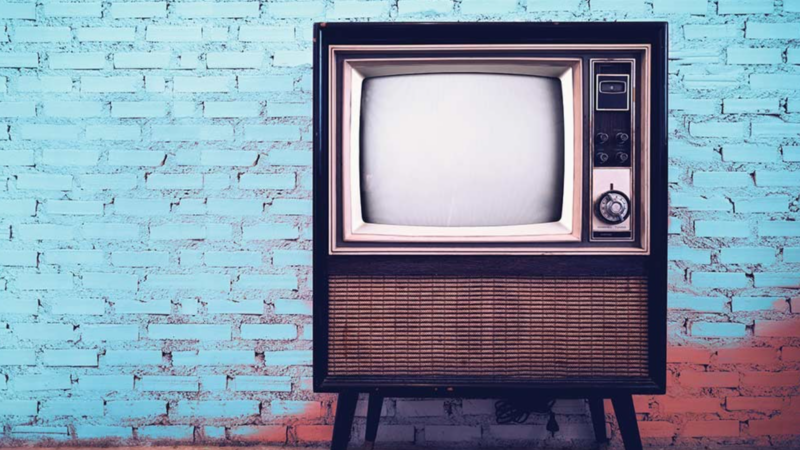Don’t discount the GOAT: Why the changing TV landscape demands a new approach to advertising strategy
Adrian Cosstick, head of strategy at Half Dome, explores the decline of linear TV and what this means for the future of advertising effectiveness.
I’m a diehard sports fan so naturally one of my favorite pub conversations is ranking GOAT (greatest of all time) players.
The case for a GOAT must consider factors like longevity in the game, peak performances under pressure, and whether the present has it easier than the past. It’s an impossible exercise to gain a collective agreement on. In advertising this discussion is easy. Linear TV is the GOAT (with an honorable mention to search). Yet, its slow decline should prompt us to pause and reflect on what made it great and what its drop-off means for the future of advertising effectiveness.



Well written Adrian.
One small question … were you basing that on the rating of the program? The rating is the average minute audience during the program – the traditional measurement. Or was your data based on the reach, i.e. that data could be based on as little as 15 seconds of the program counting as equal to watching the whole program.
Such data should also not be compared to other media which rely on very low durations across a whole month to report the reach.
Great question.
The thinking is based on the average minute audience. Linear TV has a unique ability to instantaneously impact mass volumes of people at once. Whereas most other channels (i.e. digital) offer more of a drip feed of reach and frequency.